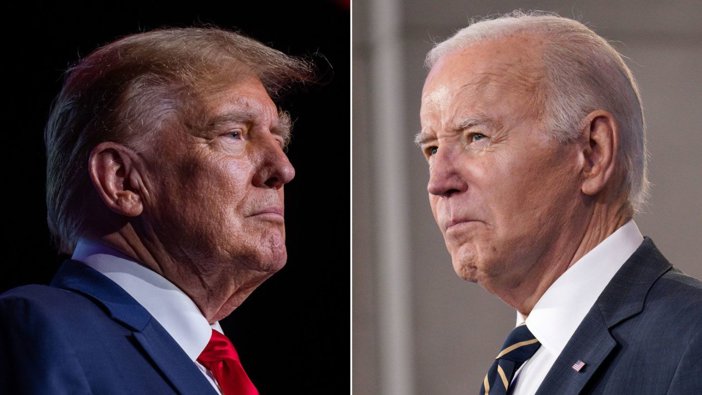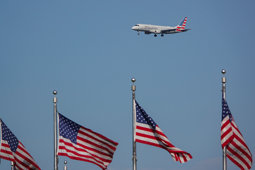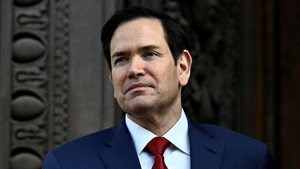
Biden Border Costs Strain Cities
Soaring costs in housing, education, healthcare, and crime linked to Biden’s border policies as Trump restores enforcement.
Trump Reverses Border Policies as Costs Pile Up
President Donald Trump’s renewed enforcement of immigration laws has brought a sharp focus on the lasting financial consequences of the Biden administration’s border policies. Since January 2025, the Trump administration has reduced illegal border crossings by over 90%, halted parole programs, and resumed internal immigration enforcement. In contrast, Biden-era policies resulted in the release of millions of migrants into cities like New York, which are now struggling to manage the fallout.
New York City, once a leading sanctuary destination, is now facing staggering costs. The Roosevelt Hotel in Manhattan, a historic building owned by the Pakistani government, was converted into one of over 200 emergency shelters during the height of the crisis. Although scheduled to close in June, the hotel still houses approximately 2,000 migrants as of mid-May. The facility will require full renovation after serving as a shelter, with estimated costs ranging from $50,000 to $90,000 per room—amounting to over $90 million for the building alone. Taxpayers are expected to foot the bill for the damages across all temporary facilities.
Beyond housing, education represents another significant cost. Over 500,000 unaccompanied minors entered the country during Biden’s term. Under federal law, these children must attend public schools. With a national average cost of $18,000 per student annually, the total burden reaches $9 billion each year, with states shouldering more than 90% of the expense.
Healthcare costs are expected to rise sharply as well. Many of the migrants released under Biden’s policies are low-skilled and low-income, increasing their reliance on Medicaid, Medicare, or charitable care. In 2024, the average per-person healthcare cost in the U.S. exceeded $13,000. If even 20% of these migrants rely on government-funded healthcare, the projected annual expense exceeds $26 billion.
Public Safety and Urban Stability Under Strain
Crime is another growing concern. Among the migrants admitted during Biden’s presidency were thousands of criminals and gang members. At the Roosevelt Hotel, members of the Venezuelan gang Tren de Aragua operated crews accused of muggings, assaults, and theft across New York. Police were forced to address violence both among migrants and between migrants and city residents.
In 2020, New York spent $9.2 billion on criminal justice, a number that has likely increased amid the current crisis. Rising violence has prompted calls for stronger law enforcement, even among Democrats. However, reversing the effects of lenient policies will require further investment in police, courts, and corrections.
The cumulative financial impact—dubbed Biden’s “border bar tab”—includes ongoing expenditures in shelter repair, education, healthcare, and criminal justice. Critics argue these costs will continue to accumulate unless individuals are either removed from the country or earn the legal right to stay and contribute more in taxes than they receive in benefits.
While President Trump’s administration continues efforts to reverse Biden-era immigration policies, the economic and social costs accrued over the previous four years are expected to burden federal, state, and municipal budgets for years to come.






